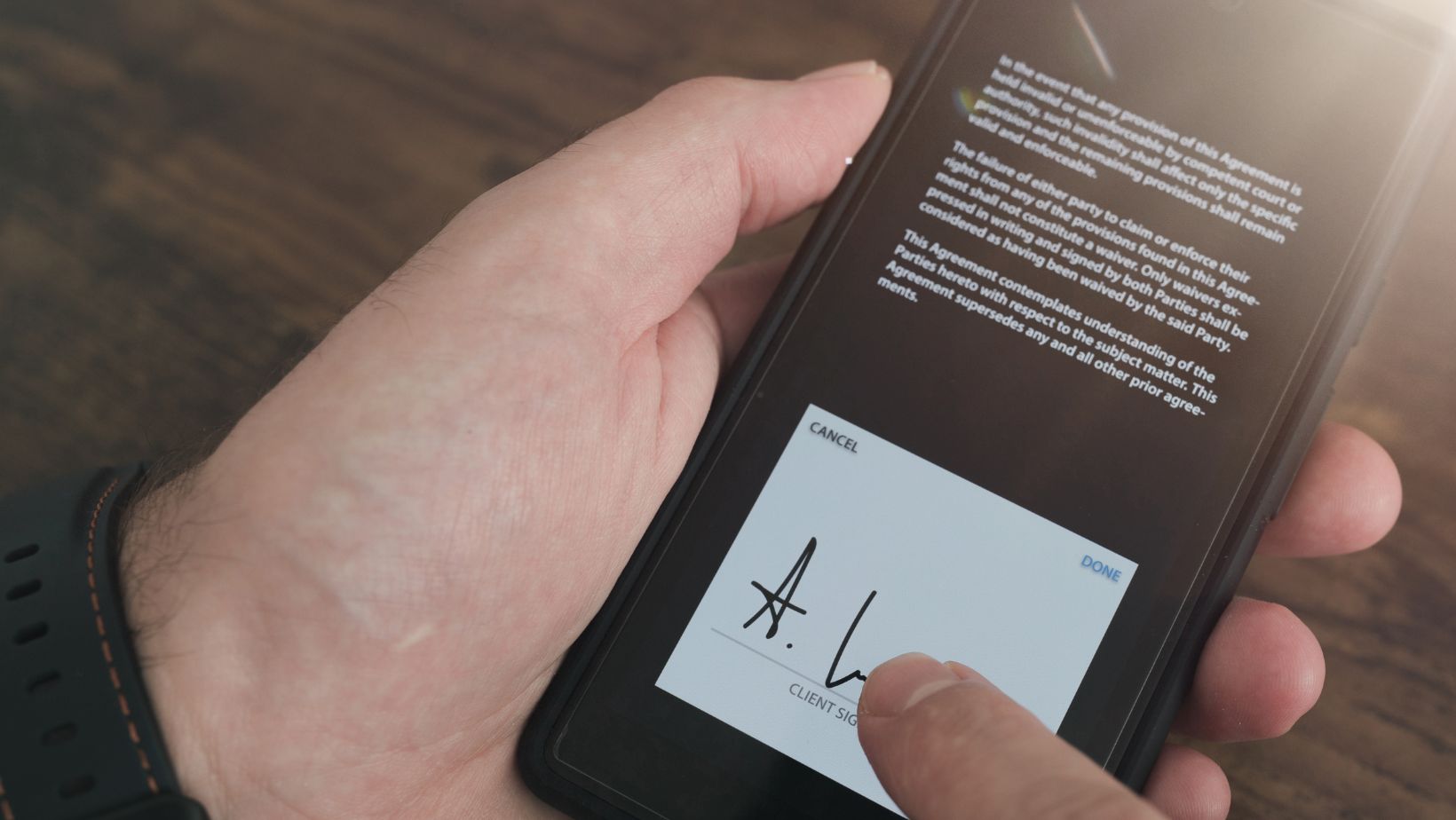
In the evolving digital landscape, audio branding has emerged as a crucial element for businesses aiming to establish a unique identity. By integrating sound elements, companies can forge stronger connections with their audiences, enhancing both recognition and loyalty.
In a world dominated by visual content, the influence of sound often goes unnoticed. However, audio plays a vital role in shaping brand identities within the digital realm. The psychology behind sounds in social casinos plays a crucial role in enhancing player engagement, as carefully crafted audio cues are used to stimulate excitement and encourage continued play. Through strategic use of soundscapes, businesses can elevate their branding efforts, ensuring their presence is felt even in the absence of visuals.
Understanding the importance of audio in digital branding involves recognizing its impact on human emotions and memory. Sounds can evoke feelings and memories more vividly than images alone. By leveraging this, brands can create audio signatures that not only capture attention but also linger in the minds of listeners. As you explore this dynamic aspect of branding, you’ll discover how essential it is to incorporate sound into your strategy.
Using Sound Elements to Boost Brand Recognition
Audio branding has become a powerful tool for enhancing brand recognition. Sound elements like jingles, melodies, and sound logos serve as auditory cues that help distinguish one brand from another. When these sounds are carefully crafted and consistently used across platforms, they become synonymous with the brand itself. This association strengthens over time, leading to increased familiarity and trust among consumers.
Customer loyalty is significantly influenced by how well a brand can embed itself into everyday experiences. Sounds play a critical role in this process by creating emotional connections that transcend visual interactions. For instance, a distinctive audio logo can remind customers of their positive experiences with a brand, fostering a sense of loyalty and preference over competitors.
The strategic use of sound elements not only boosts recognition but also enhances consumer engagement. Brands that invest in creating memorable audio experiences often find themselves at the forefront of consumer minds. This is particularly evident in industries like slots, where competition is fierce and differentiation is key to survival.
The Psychological Impact of Audio Identities
The effectiveness of audio branding lies in its ability to tap into human psychology. Sound has a unique way of affecting our mood and behavior, often influencing decisions subconsciously. By understanding these psychological triggers, brands can craft soundscapes that align with their desired image and values.

Different sounds evoke specific emotional responses. For instance, upbeat music may energize listeners, while softer tones might create a calming effect. Brands can use these insights to tailor their audio elements to evoke the desired emotional response from their audience.
Moreover, memorable audio identities are often built on repetition and consistency. Just as visual logos become recognizable through repeated exposure, auditory elements gain strength when used consistently across all customer touchpoints. Over time, these sounds become intertwined with the brand’s identity, reinforcing its presence in the consumer’s mind.
Strategies for Effective Digital Audio Branding
Incorporating sound into your digital branding strategy requires careful planning and execution. Successful examples often start with identifying core brand attributes and translating them into auditory elements that reflect these characteristics. This process involves collaboration between marketers, designers, and sound engineers to ensure cohesiveness.

Brands should consider the environments where their sounds will be heard. For instance, online platforms like social media or streaming services offer unique opportunities for showcasing audio branding efforts. By tailoring sounds to fit these contexts, brands can enhance user experience while reinforcing their identity.
Finally, measuring the impact of your audio branding strategy is crucial for continuous improvement. Gathering feedback from consumers about their perceptions of your sound elements provides valuable insights into what resonates most effectively with your audience.
For brands looking to integrate sound elements effectively, starting small is often advisable. Developing a simple yet distinctive jingle or melody can serve as an entry point into the world of audio branding. As familiarity grows among consumers, additional layers like voiceovers or ambient sounds can be introduced to enrich the overall experience.



